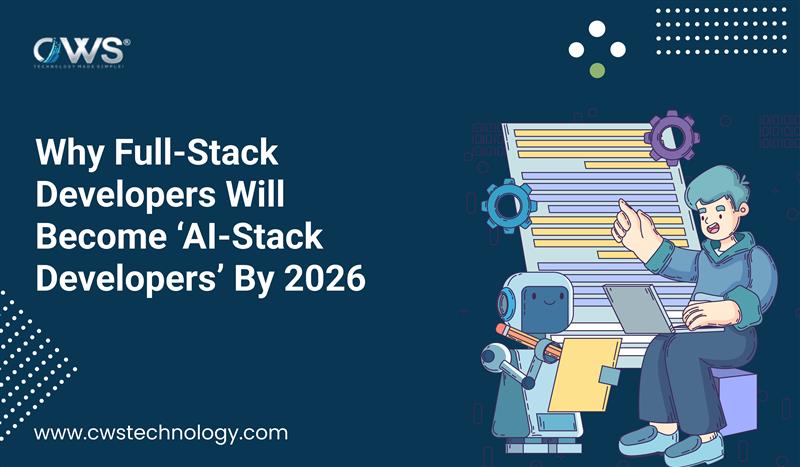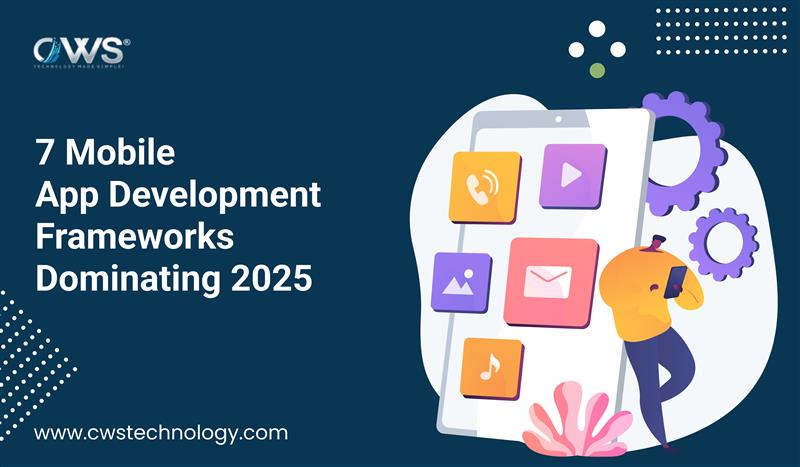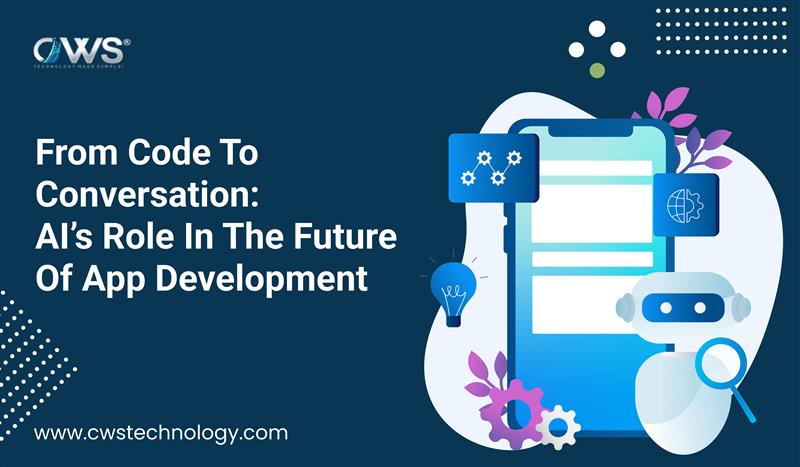It has a sleek interface. Animations are smooth. Fonts are modern. It loads quickly.
But then a user opens it… and nothing useful happens.
No smart suggestions. No remembered preferences. No adaptability.
It looks brilliant—yet it acts clueless.
In 2025, good design isn’t enough.
Because users don’t just expect apps to be beautiful. They expect them to be intelligent.
The Beauty Trap: When UI Fools You Into Thinking Your App Is Smart
Design teams obsess over color palettes, spacing, and aesthetic elegance—and that’s essential. A strong UI is critical to first impressions.
But under the hood, many apps are still dumb UIs wrapped in polished CSS. They serve everyone the same content, ignore behavioural signals, and force users through fixed flows—even when it doesn’t make sense.
We’ve spent a decade perfecting how apps look. Now, it’s time to evolve how they think.
What Makes an App “Intelligent” in 2025?
An intelligent UX doesn’t just respond to clicks. It learns from them.
Here’s what separates smart apps from pretty apps:
1. Context Awareness
Your app knows what the user is trying to do—before they finish doing it. Think of YouTube auto-surfacing tutorials after watching a product review, or Notion offering templates based on your writing style.
2. Real-Time Behavior Tracking
Every tap, scroll, dwell time, or exit point is a signal. Intelligent apps watch these micro-behaviors and adapt in real-time—without relying on surveys or feedback forms.
3. Adaptive Interfaces
Static menus are outdated. Modern apps rearrange options, simplify interfaces, or highlight features based on the user’s journey. Spotify, for example, changes its home screen for different times of day.
4. Predictive Interactions
The app knows what the user might want next. It offers autocomplete, recommends the next feature, or alerts them to potential issues proactively.
5. Personalisation Without Asking
Instead of forms and filters, the app infers preferences from patterns. Language, layout, feature access, content—all quietly aligned to the individual.
Design Is What We See. Intelligence Is What We Feel.
Think about the difference between using:
- A GPS that just shows directions
vs. - A GPS that reroutes you during traffic, changes modes for night driving, and suggests stops based on your habits.
One is functional. The other is thoughtful.
That’s the difference between UX design and UX intelligence.
Why This Matters for Business
Apps that think smart:
- Increase retention (users feel understood)
- Improve onboarding (less friction = faster activation)
- Boost conversions (by showing the right thing at the right time)
- Reduce support tickets (users self-navigate better)
In 2025, every pixel of your product is part of a conversation. And if your app is silent, users will talk to someone else.
How to Add Intelligence to Your UX Stack
You don’t need to build a neural net from scratch. Here’s how most smart apps are evolving today:
1. Integrate Behaviour Analytics
Tools like Mix panel, Heap, or Amplitude give insights into what users actually do—far beyond just pageviews.
2. Leverage AI Models for Real-Time Decisions
Use APIs like OpenAI, Google Vertex AI, or custom ML to analyze user inputs and behaviors on the fly.
3. Implement UX Variants with A/B/N Testing
Use tools that let your design evolve dynamically based on user group success.
4. Use Micro-Personalisation Engines
Platforms like Dynamic Yield or even Firebase Remote Config allow you to personalize content without hard-coding changes.
5. Collaborate Across Design, Data, and Dev
Your product team needs to work as a triad: not just designing screens, but training them to respond.
How CWS Technology Builds Smarter Products
At CWS Technology Pvt. Ltd., we go beyond code and color.
- We use behavioural UX data to inform design decisions
- We integrate AI-powered personalisation from day one
- We co-build with clients—not just wireframes, but user intelligence flows
- And we test not just for “looks good” but “thinks smart”
Because in 2025, static apps won’t survive.
Smart ones thrive.
Intelligence Is the New Interface
Your app doesn’t need more gradients. It needs more brainpower.
It shouldn’t just look good in a portfolio—it should feel like a mind reader to your users.
So ask yourself:
Is your app just pretty, or is it actually paying attention?
If it’s not learning, adapting, or anticipating—it’s already falling behind.








